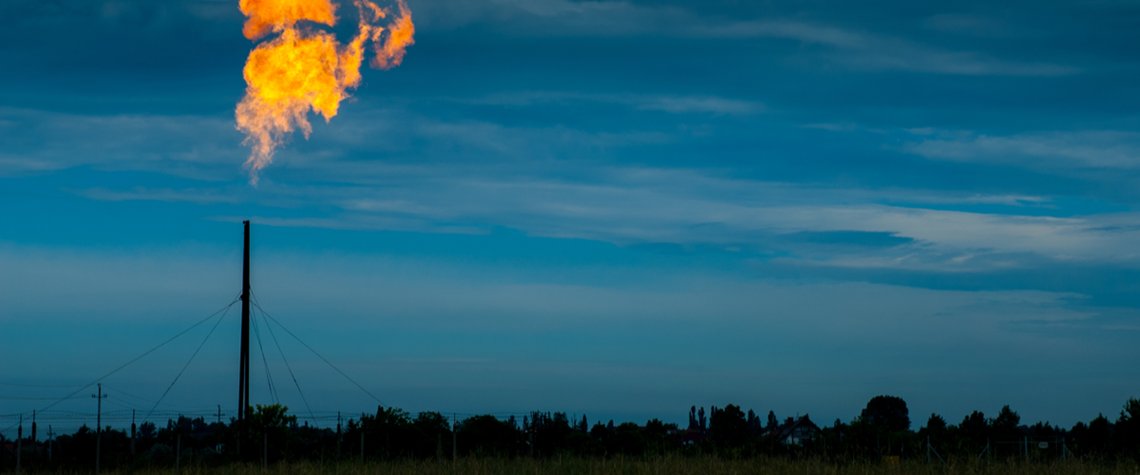Outlook 2022: A case for European blue hydrogen
Tackling fugitive methane emissions in the supply chain is vital if blue hydrogen is to be considered low carbon
In August 2021, the paper How green is blue hydrogen? hit the academic press. Co-authored by Professor Howarth of Cornell University, the paper makes the case that reforming natural gas alongside carbon capture and storage (CCS) to produce blue hydrogen can generate more than 20pc more greenhouse gas (GHG) emissions than the direct use of natural gas. This conclusion follows an analysis of two blue hydrogen plants, one in the US and one in Canada, and—importantly—is based on two key assumptions: fugitive methane emissions from natural gas production are set at 3.5pc following analysis of US leakage statistics, and power for the CCS process is supplied from gas-fired generation. In addition,

Also in this section
23 December 2025
Government backing and inflow of private capital point to breakthrough year for rising star of the country’s clean energy sector
19 December 2025
The hydrogen industry faces an important choice: coordinated co-evolution or patched-together piecemeal development. The way forward is integrated co-evolution, and freight corridors are a good example
10 December 2025
Project developer Meld Energy ready to accelerate 100MW project in Humber region after securing investment from energy transition arm of private equity firm Schroders Capital
9 December 2025
BP and Engie abandon large-scale green hydrogen projects in Gulf state as developers in all regions continue to struggle with lack of firm offtake







